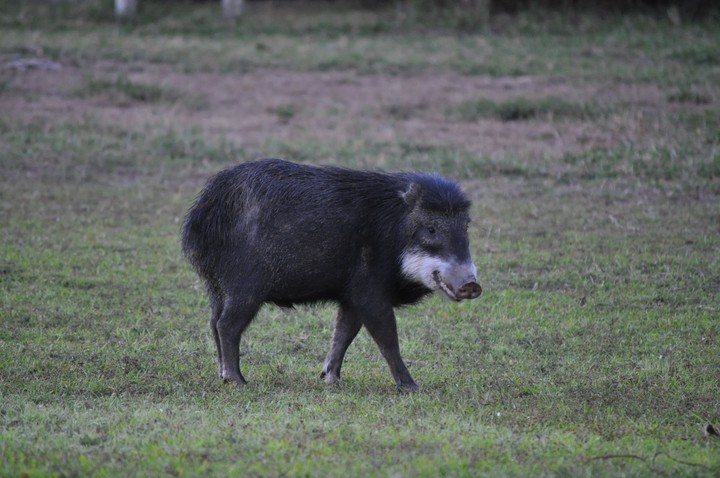Large mammals are essential to healthy tropical forests and influence these ecosystems through their aspects related to their diet. Therefore, it is important to understand what factors influence large mammal diet and the cascading affects on the ecosystem of changes in large mammal diet.
I evaluate these questions using both extinct and extant species, with a focus on the Tayassuidae (“peccaries”). Some modern tayassuids, such as the white-lipped peccary (pictured above), are indicator species of healthy Neotropical forests. Areas where they have gone locally extinct have resulted in drastic changes to forest structure and function, including loss of biodiversity. Therefore, white-lipped peccaries are an ideal proxy for understanding how large mammal diet may be influenced by ecosystem alterations.
Target research questions include:
How do large mammals alter diet spatially and temporally in response to land use change in Central Brazil?
How will changing landscapes alter large mammal diet and influence the sustainability of large mammal species?
How have large mammals altered diet through time in response to changing climate? Can we use a deep time perspective to better predict dietary plasticity with current climate change?
 White-lipped peccary lower jaw
White-lipped peccary lower jaw
This work is done in collaboration with colleagues at Vanderbilt University, University of Miami, and local grass-roots organizations including the IUCN/SC Peccary Specialist Group.
